Small man lifts, also known as low-level access mobile elevating work platforms or aerial work platforms, can help you get the job done in many applications—from construction tasks, like drywall, ceiling installation, carpentry, HVAC or electrical work, to general facility maintenance, such as cleaning, painting and replacing light bulbs. And because low-level lifts are simple to use, they are suitable for those who are not regular access equipment operators.
So, whether you are familiar with this type of equipment or it is entirely new to you, following these three operating tips can improve productivity on your next project.
Tip #1: Take Safety Precautions
Operators and occupants should take all necessary precautions to avoid hazards in the work area, both before and during the operation of these machines.
Before Operating a Lift
Perform a workplace inspection. Items to look for during the inspection include (but are not limited to):
- Drop-offs, holes, bumps or unstable surfaces
- Ceiling heights
- Debris and floor obstructions
- Overhead obstructions
- The presence of others in close proximity to the work
It is also important to be familiar with the operating surface, ensuring that the work site’s flooring/foundation is adequate to support the maximum weight and load of the machine (indicated on the tire load decals located on the chassis adjacent to each wheel).
Conduct a machine inspection to verify that the equipment and its components are in safe operating condition. Follow the manufacturer’s recommendations, outlined in the machine’s operation and safety manual, for specific machine checks. Note that you should not operate any aerial lift if a component is defective.
Remove rings, watches and jewelry, do not wear loose-fitting clothing and tie back long hair. Both loose-fitting clothing and long hair could potentially become caught or entangled in equipment.
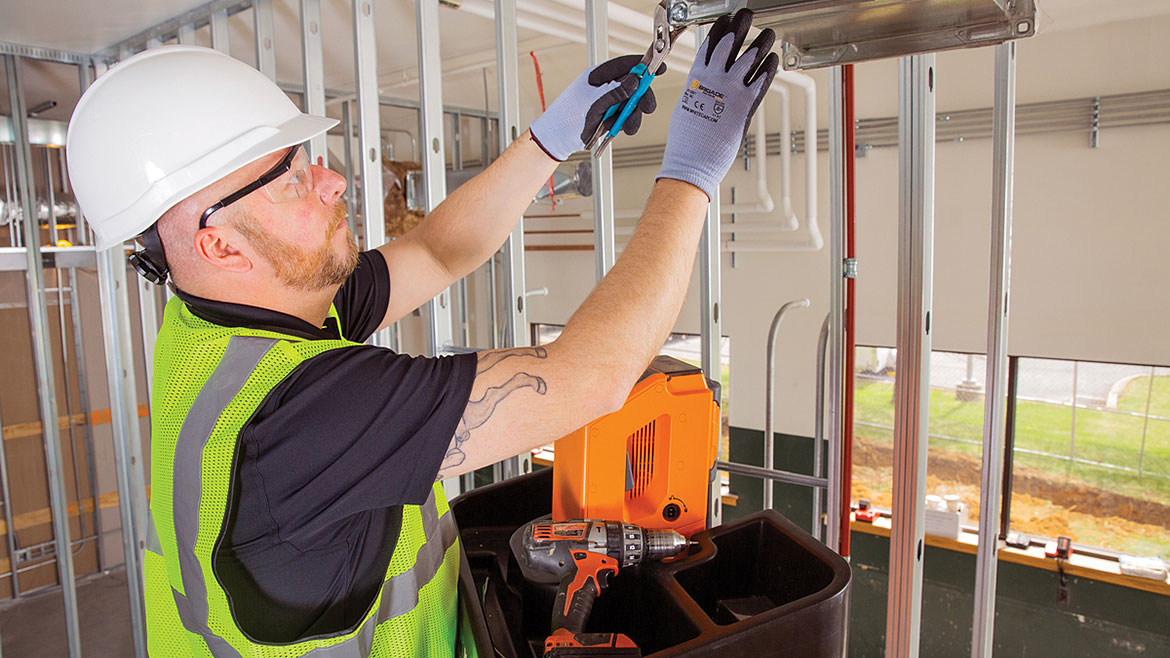
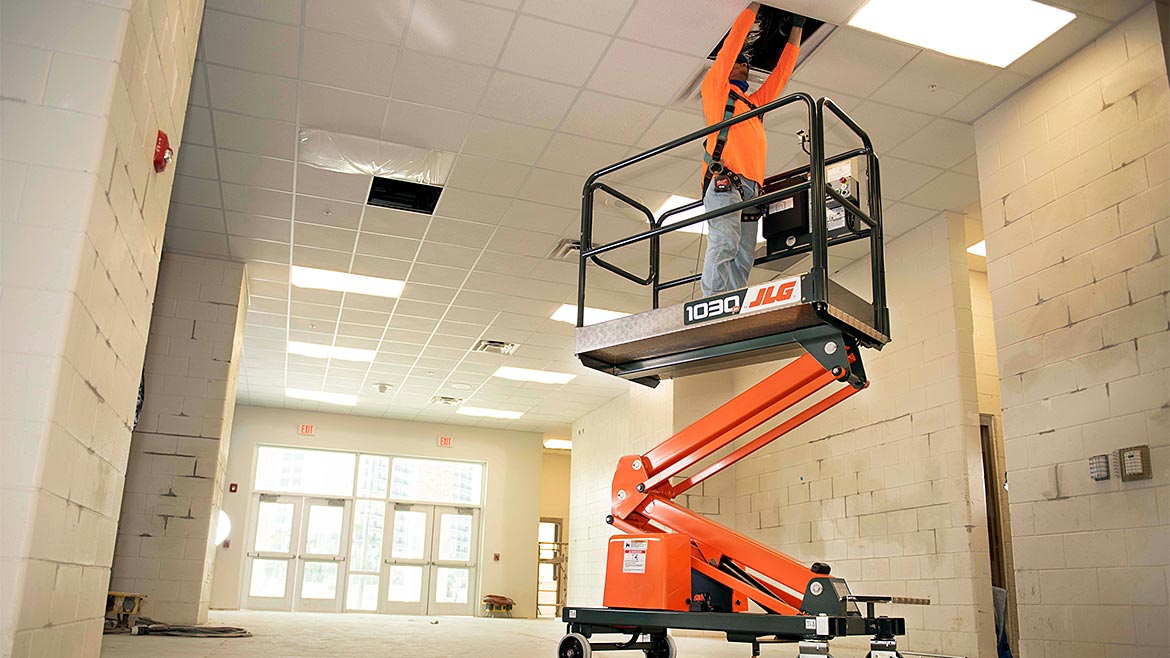
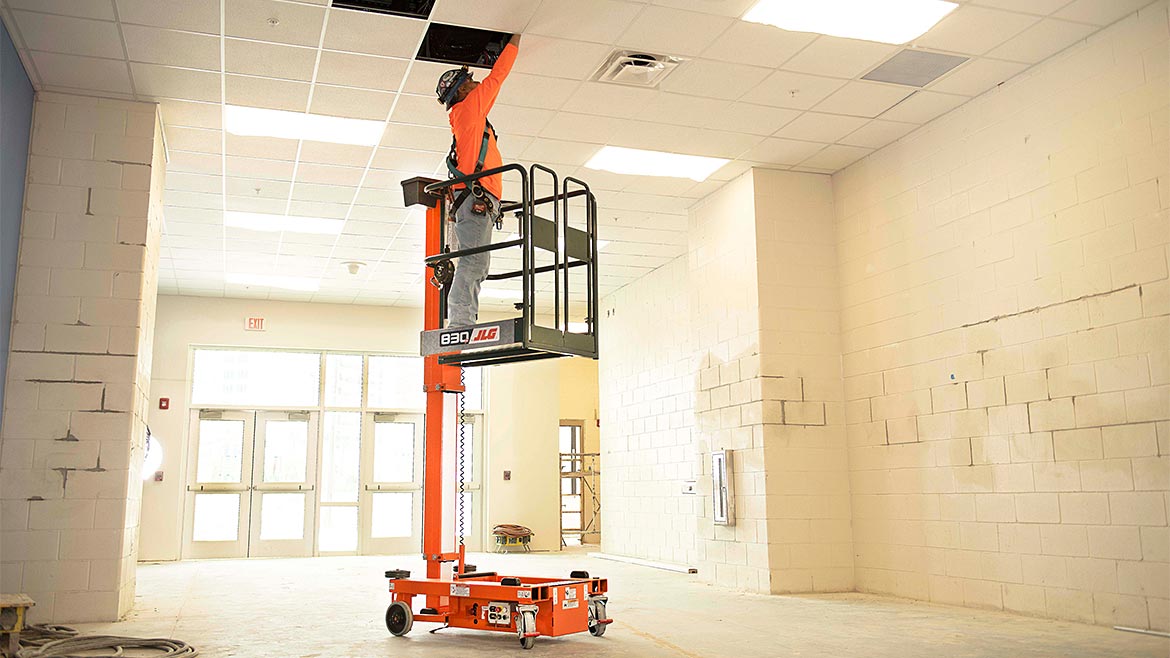
Tip #2: Pay Attention
Once you begin operating the machine, it requires your full attention.
Always bring the machine to a full stop before using any device (i.e., cell phones, radios, etc.) that will distract you from safe operation.
Before raising the platform, ensure that all gates and rails are fastened and secured in their proper position. You should only enter/exit the platform through the gate area, using extreme caution. Always fully lower the platform before exiting the machine.
In the platform, you should wear a fall/travel restraint system with a lanyard attached to an authorized lanyard anchorage point. Also, you must maintain three points of contact with the machine (two hands and a foot or two feet and a hand) at all times.
Additional safety measures include wearing approved head gear and keeping body parts inside the platform railing during operation.
When lifting or lowering the platform, check clearances above, on the sides and the bottom of the platform. Also, keep all loads within the confines of the platform, properly secure or stow materials and tools, and never exceed the machine’s maximum platform capacity.
Make sure that the machine is positioned on a smooth, firm surface before elevating the platform—do not exceed the machine’s allowable side slope and grade limits.
Exercise extreme caution when operating to prevent obstacles from striking or interfering with the machine’s controls and persons in the platform. As an example, limit your travel speed according to the conditions of the ground surface, congestion, visibility, slope and location of personnel.
Finally, if a machine is malfunctioning, shut it down immediately and remove it from service. Don’t forget to notify the team that the machine should not be used until necessary repairs are made.
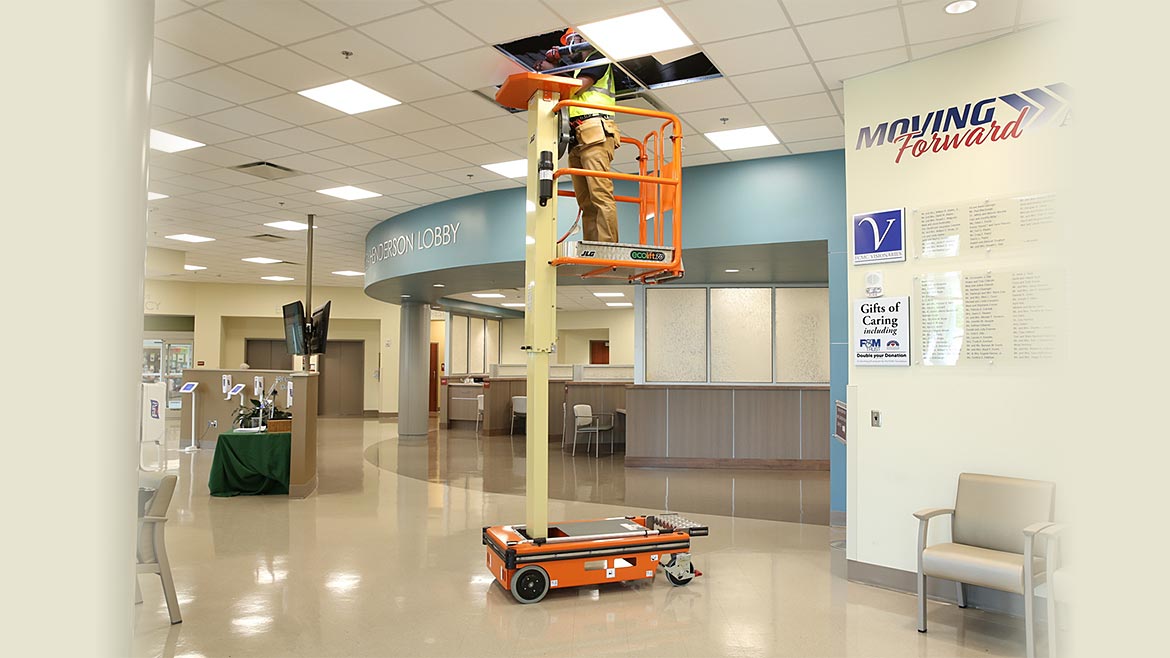
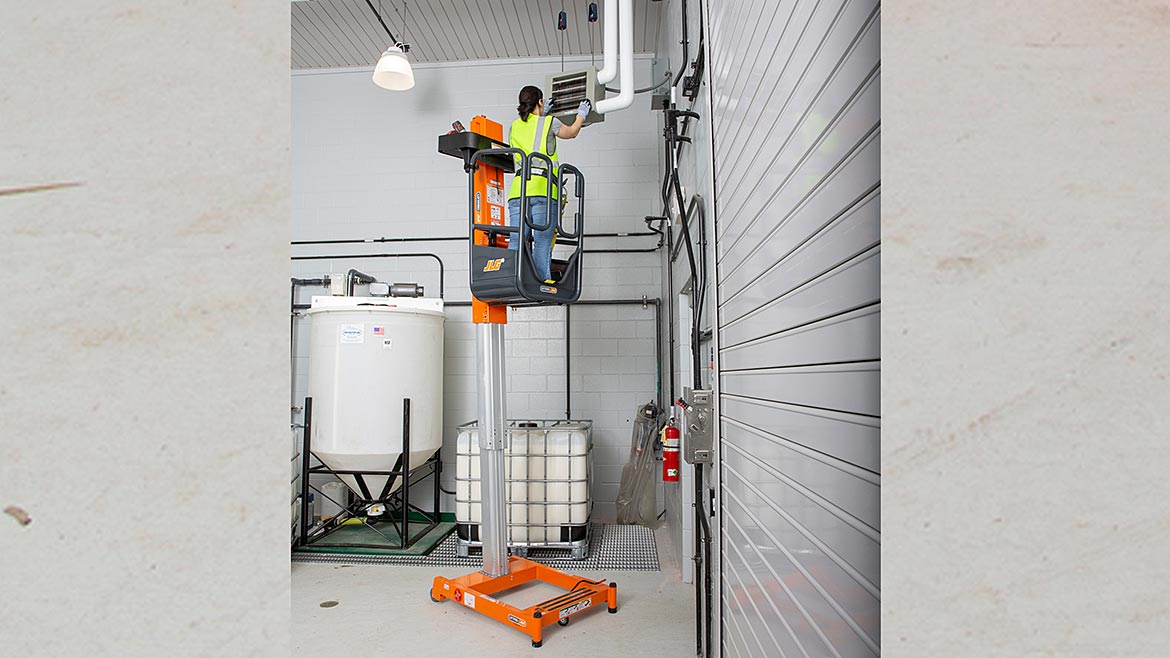
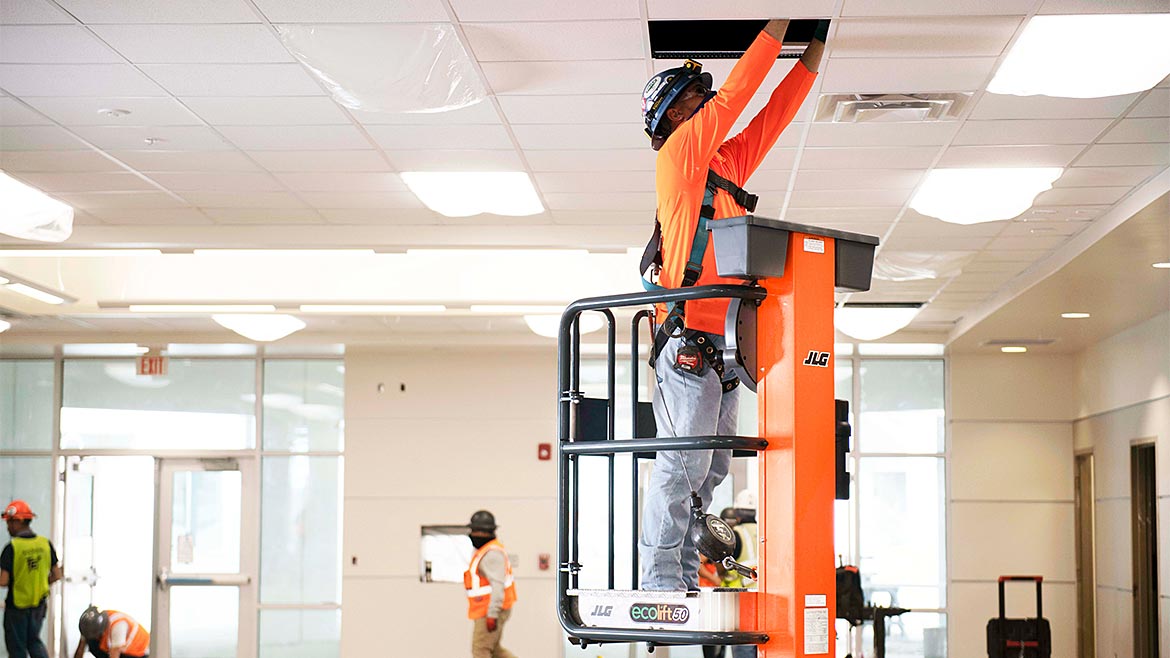
Tip #3: Take Advantage of These Machines’ Productivity Features
In addition to offering an alternative to ladders and scaffolding to complete work at height indoors, low-level access lifts can also enhance your crew’s productivity. For example, operators in low-level equipment can use both hands comfortably to work safely at height—a full 360 degrees.
Only one person is needed to operate a low-level access MEWP. So, if your company requires a spotter with a ladder, you’ve got two people doing the work that one person could do — using a low-level lift frees up the second crew member to complete other tasks. This can contribute to speeding up the pace of the job.
These lifts provide operators with a large, enclosed platform with a lanyard anchor attachment point, and their heavy-duty, up to 550-pounds platform capacity allows for tools and materials to get the job done. The tool trays in these MEWPs are designed to allow operators to have gear in a convenient location, and an optional tool tray has tethering capabilities to help prevent falling materials.
Low-level lifts also feature portability benefits to enhance productivity. These machines can be lowered and moved from one location to another, fitting through standard single and double doorways, which makes it easy to perform multiple tasks throughout a facility in less time.
The reality is that many mechanical and electrical contractors, plumbers, painters, drywallers and facility professionals today still commonly use ladders to get work done at heights up to 20 feet.
The ultimate payoff of using low-level access lifts is that when your crews are more productive, they do better work. Following these three operating tips will help your crews achieve better quality, which translates to less rework and more profitability.


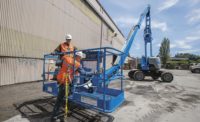
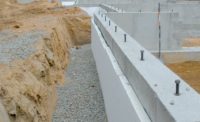
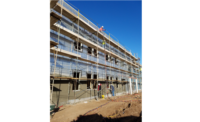
Report Abusive Comment